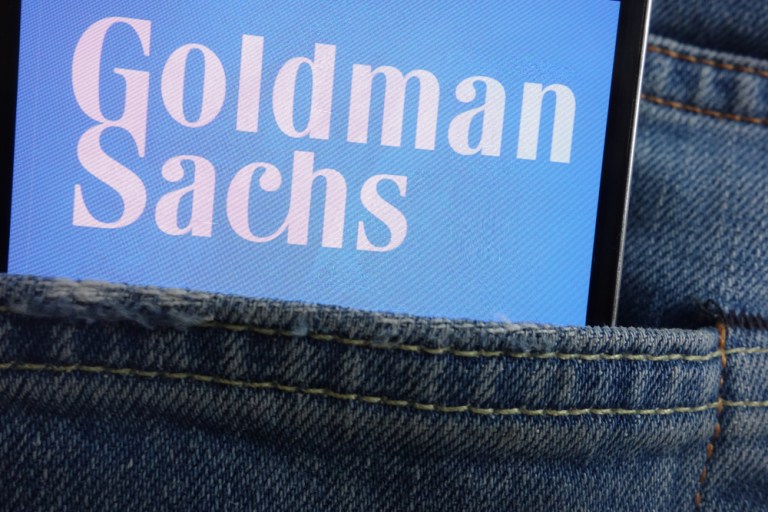Marcus Buoys Goldman’s Growth

Goldman Sachs booked a 4 percent year-over-year revenue increase for the third quarter of 2018, with that growth powered in part by increased lending through its Marcus by Goldman Sachs online consumer savings and lending platform.
Q3 revenue for the investment bank hit $8.65 billion, above the Refinitiv analyst estimate of $8.4 billion. For the first nine months of 2018, net revenue for Goldman Sachs stands at $28.08 billion, which is 16 percent higher than for the same period last year, according to the Q3 financial report the investment bank released Tuesday (Oct. 16).
Sachs also came out ahead of analyst expectations for earnings. Earnings per share for the third quarter stood at $6.28, beating the estimate of $5.38 — and about 7.2 percent higher than the $5.02 earnings per share booked for the third quarter of 2018. Net earnings for Q3 increased 19 percent year over year, to about $2.5 billion.
Marcus, the consumer lending unit of Goldman Sachs, launched in October 2016, and has since issued more than $3 billion in new consumer loans. The Sachs division that includes Marcus — investing and lending — posted Q3 revenue of about $1.86 billion, which was essentially unchanged from the year-ago period. But thanks in part to Marcus, the division’s net interest income increased 56 percent year over year, to $700 million, “as the firm extended more credit to retail customers.”
Marcus faces competition.
Earlier this month, Barclays said it would offer U.S. consumers a low-cost, digital-only bank to directly compete with the Goldman Sachs offering. Barclays said its initial target for its new financial product includes the 10 million customers who already hold a Barclays co-branded credit card, as well as the three million in its existing digital bank. In addition, like Marcus, Barclays offers savings rates of close to 2 percent, which is 20 times more than average rates for comparable savings products across the country.
Back at Goldman Sachs, the investment bank also said Tuesday that in the third quarter, its operating expenses increased 4 percent year over year to $5.57 billion, growth the company blamed on “higher non-compensation expenses, partially offset by slightly lower compensation and benefits expenses.” As well, “total staff increased 5 percent during the third quarter of 2018, primarily reflecting the timing of campus hires.”